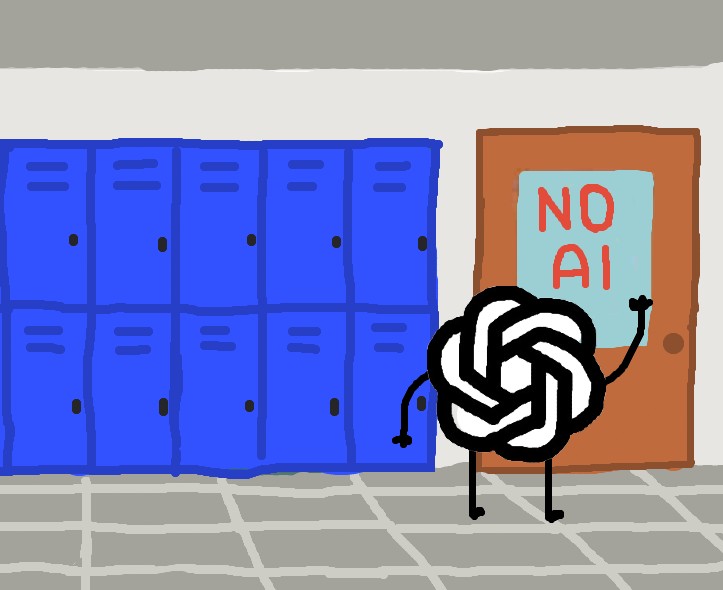 Growing up, my parents always debated about going to Sea World. While it is a fun trip for families, they thought they should not support Sea World because of the way the animals are treated. Finally, my aunt took my brother and me to Sea World.
Growing up, my parents always debated about going to Sea World. While it is a fun trip for families, they thought they should not support Sea World because of the way the animals are treated. Finally, my aunt took my brother and me to Sea World.
We didn’t know why my parents were so opposed to a fun amusement park where you are able to see marine life up close. Many people going to Sea World are unaware of what is going on behind the scenes. If I knew what I know now about Sea World the trip would not have been as enjoyable. It would have been hard to watch the whales performing knowing the hardships they have been through.
A documentary that came out recently, “Blackfish,” shows how the animals, specifically killer whales, at Sea World are treated and explores the deaths of some of their trainers. The movie shows how the whales are captured and includes interviews with the trainers at Sea World. The movie has brought the treatment of the whales to light, allowing people to know about the issue and make up their minds whether they should go to Sea World or not.
The whales in captivity grind their teeth on the metal gates of their pool so Sea World has to drill many of their teeth to avoid infection, and their whale’s dorsal fins flop down from swimming in a small pool and being on the surface of water too much. Many times the whales fight with each other, leaving cuts on their skin.
Many of the whales at Sea World have been taken from their pods in the wild. Unlike other animals in captivity, the whales have a life-long bond with their mothers. When this bond is broken, it can cause stress to the whales. Another factor that could be causing the whales stress is performing tricks during shows and staying in pools that are too small for their size. According to different articles, this stress can cause the whales to act aggressively.
In 2010, killer whale trainer Dawn Brancheau was killed by an orca that had already killed two other people. There are no reports of killer whales killing anyone in the wild, only in captivity.
For most families, going to see whales out in the wild is very expensive, so an alternative solution to allow children to see marine life up close is going to Sea World. While being able to see the animals up close is a good learning experience, having an environment that is safe for the whales should be the number one priority before providing entertainment for the public.
Many people believe the whales should be put back in the wild because they will be happier and healthier. Because of the treatment they receive at Sea World and the effects they have from living in captivity, people are not sure if they would survive if they were put back in the wild. Marine mammal specialist Naomi A. Rose suggests leaving whales in a sea pen in the ocean where they were captured. This way they would be allowed to live in their natural habitat but still be cared for by humans if they need it.
Sea World should create an environment where people are able to learn about the whales without them putting on a show. Sea World should spend their money protecting wild killer whales and improving the environment the whales are living in now instead of getting new whales.







